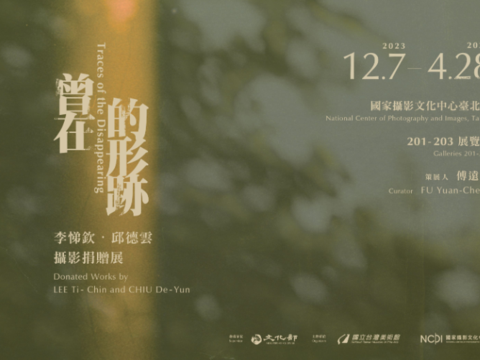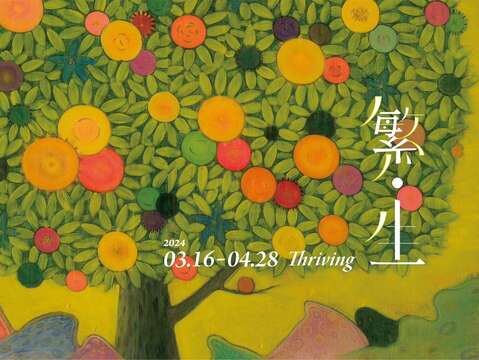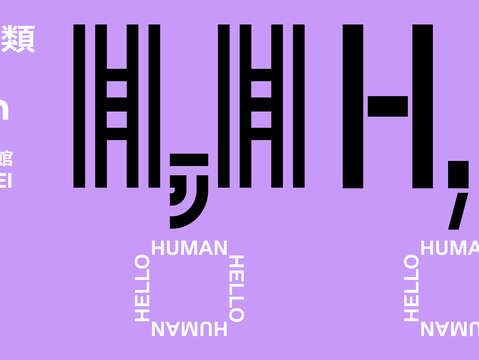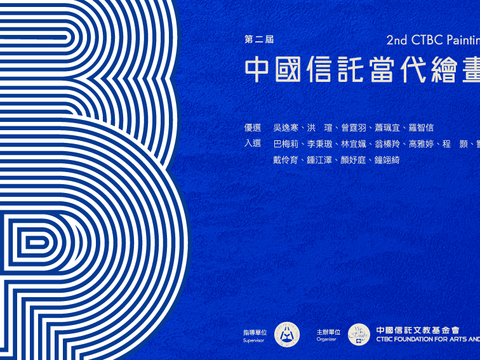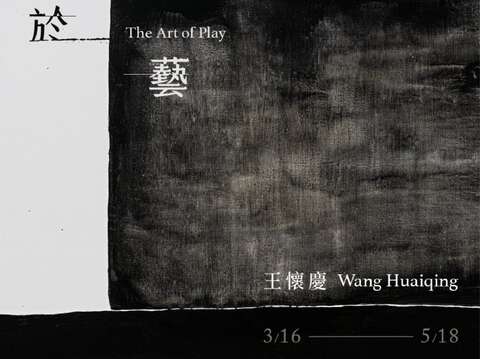Post date:2023-12-15
Updates:2023-12-15
902

- Event Time
- 2023-12-07~2024-04-28Tue.-Sun. 10:00-18:00
- Event Location
- NO.70, SECTION 1, ZHONGXIAO W. ROAD,, Zhongzheng Dist., Taipei City Taiwan, R.O.C
“A photograph is not a type of image, not merely an interpretation of real objects; it is also a trace…”
-- Susan Sontag, On Photography
Looking back upon the development of Taiwanese photography over the past hundred years, it was Realist Photography as a creative method that gradually came into vogue among photographers. Taking a direct and front-facing perspective, it reflected a microcosm of life, accumulating and recording Taiwan’s features over the years. In these images rich with realism and temporality, viewers of different generations each searched for their own point of resonance in reading the image - whether viewers near to the era from whence the work originated, seeking the lived experience of their memories, or youth discovering and listening to the stories held within the traces of the image. Different life experiences mould the multiple, overlapping, and multi-semiotic possibilities for reading photography; as such, photography does not only witness a bygone moment, but viewers can read images, using the puzzle pieces of memory to construct and imagine the sights and sounds of the image, bringing forth long-lost sentiments.
Through the work of two photography artists born around the 1930s, Lee Ti-Chin (1928-2017) and Chiu De-Yun (1931-2014), “Traces of the Disappearing” explores how they found their beginnings in Realist Photography, capturing moving moments of life through their lens, or fixing on their homeland over the years. They each accumulated a photographic vocabulary unique to them, displaying very different facets of realist photographs.
Lee Ti-Chin found his origin in the Photography Association activities of the 1960s, joining amateur groups such as the “Photographic Society of Tatung” and “Society of Freedom Photography Exhibition.” Using down-to-earth and unpretentious visual vocabulary, he captured the quotidian appearance of life with a click of the shutter; with the changing of the seasons, he shot the shifting appearance of the city he was deeply familiar with. In the bustling streets, he captured light, form and shadow, displaying the spirit and ethos of the photographer. Chiu De-Yun was concerned his entire life with the working class and the changes of his hometown Miaoli. In the 1960s, he grew and found his way in nativist realism, pressing close to the spirit of the land. This shaped his visual vocabulary, which expressed sentiment and warmth towards the land using strong contrasts and stark juxtapositions. After his involvement in the launch of “Hard-Neck Photography Group” in 1991, he increased his efforts to deep dive into the Miaoli countryside, documenting the laborers working the land on which they stood, as well as the decline of farming communities brought by the changing times.
This exhibition is comprised of the large number of visual archives and works generously donated by the two photography artists, drawing upon their creative intent and the dialogue between images. Both Lee and Chiu were deeply intertwined with the spirit of realist photography as well as the values of their time. Facing urban development and rural transition, they showed different colors of photography; through their work, they span generational memory and transmission, connecting to the gaze of the viewer and alerting them to the presence of photographers past.
-- Susan Sontag, On Photography
Looking back upon the development of Taiwanese photography over the past hundred years, it was Realist Photography as a creative method that gradually came into vogue among photographers. Taking a direct and front-facing perspective, it reflected a microcosm of life, accumulating and recording Taiwan’s features over the years. In these images rich with realism and temporality, viewers of different generations each searched for their own point of resonance in reading the image - whether viewers near to the era from whence the work originated, seeking the lived experience of their memories, or youth discovering and listening to the stories held within the traces of the image. Different life experiences mould the multiple, overlapping, and multi-semiotic possibilities for reading photography; as such, photography does not only witness a bygone moment, but viewers can read images, using the puzzle pieces of memory to construct and imagine the sights and sounds of the image, bringing forth long-lost sentiments.
Through the work of two photography artists born around the 1930s, Lee Ti-Chin (1928-2017) and Chiu De-Yun (1931-2014), “Traces of the Disappearing” explores how they found their beginnings in Realist Photography, capturing moving moments of life through their lens, or fixing on their homeland over the years. They each accumulated a photographic vocabulary unique to them, displaying very different facets of realist photographs.
Lee Ti-Chin found his origin in the Photography Association activities of the 1960s, joining amateur groups such as the “Photographic Society of Tatung” and “Society of Freedom Photography Exhibition.” Using down-to-earth and unpretentious visual vocabulary, he captured the quotidian appearance of life with a click of the shutter; with the changing of the seasons, he shot the shifting appearance of the city he was deeply familiar with. In the bustling streets, he captured light, form and shadow, displaying the spirit and ethos of the photographer. Chiu De-Yun was concerned his entire life with the working class and the changes of his hometown Miaoli. In the 1960s, he grew and found his way in nativist realism, pressing close to the spirit of the land. This shaped his visual vocabulary, which expressed sentiment and warmth towards the land using strong contrasts and stark juxtapositions. After his involvement in the launch of “Hard-Neck Photography Group” in 1991, he increased his efforts to deep dive into the Miaoli countryside, documenting the laborers working the land on which they stood, as well as the decline of farming communities brought by the changing times.
This exhibition is comprised of the large number of visual archives and works generously donated by the two photography artists, drawing upon their creative intent and the dialogue between images. Both Lee and Chiu were deeply intertwined with the spirit of realist photography as well as the values of their time. Facing urban development and rural transition, they showed different colors of photography; through their work, they span generational memory and transmission, connecting to the gaze of the viewer and alerting them to the presence of photographers past.
 Traces of the Disappearing – Donated Works by LEE Ti-Chin and CHIU De-Yun
Traces of the Disappearing – Donated Works by LEE Ti-Chin and CHIU De-Yun